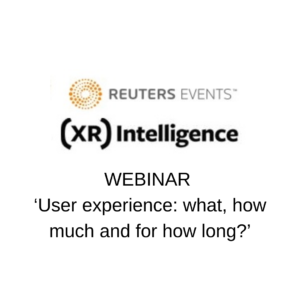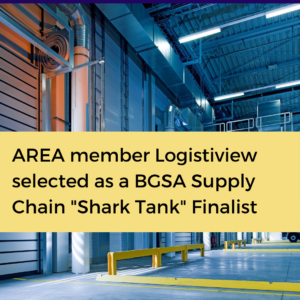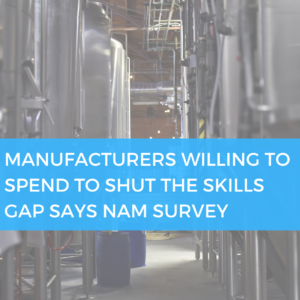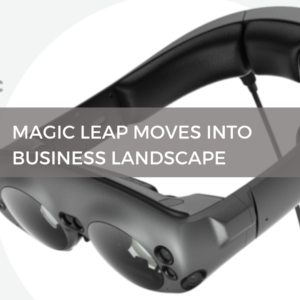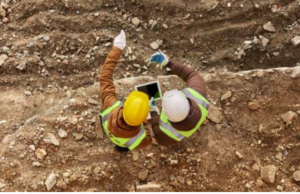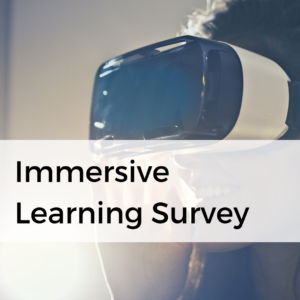Augmented Reality in Equipment Assembly and Operation Training: A Neuroscience Perspective

Becoming an expert in equipment assembly and operation requires extensive training and practice. Typically, the operator-in-training begins by studying books and manuals. This learning might be interspersed with instructor-led courses and critical hands-on training.
Once the operator-in-training is deemed “qualified,” he or she is put on the factory floor for on-the-job training. Unfortunately, operators often report feeling ill-equipped to do the job. It is as if much of their prior training was for naught.
The Problem With Current Training
There is a reason for this lack of confidence, and it is rooted in the neuroscience of learning and performance. Constructing a three-dimensional dynamic representation of equipment from two-dimensional training materials requires a huge amount of cognitive effort. First, learners have to hold a mental representation of a series of static images in their short-term (working) memory.
Second, they have to combine them, on the fly, to construct an accurate 3D static representation of the equipment. Finally, they have to infer and impart the dynamic nature of the equipment onto this 3D static representation. Every step in this process is effortful and represents a chance of failure.
Each step also requires an enormous amount of cognitive capacity (in the form of working memory) as well as cognitive energy (in the form of executive attention). Anytime working memory load and executive attentional demands are taxed, we are more likely to make an error and generate an inferior mental representation. Because this cognitive translation process is error-prone, it is impossible to know if the operator-in-training has an accurate representation of the equipment and its operation in his or her head.
Operators-in-training also often have hands-on experience with the equipment. They generally watch an expert complete the steps necessary to assemble and operate a piece of equipment, often with verbal instruction. Next, they are tasked with completing the same steps while receiving corrective feedback from the instructor. This experience is where the real learning takes place.
During this process, the behavioral, experiential and cognitive processing systems of the brain are all active. Simultaneous activation of these learning systems leads to context-rich memory traces that are highly connected and less prone to forgetting. Unfortunately, this type of expert-led learning is time-consuming and costly, and it is not scalable.
Once “certified,” operators are put on the factory floor, where the long-term learning occurs and the ability to deal with adversity develops. This mix of cognitive learning with less frequent, hands-on, expert-led training is suboptimal.
The Solution: Immersive Technology
Immersive technologies like augmented reality (AR) can help. To optimize and increase the efficiency of equipment assembly and operation training, learners need expert-led, hands-on training that simultaneously engages experiential, behavioral and cognitive processing systems. This learning should occur on the factory floor to engage experiential learning systems in the brain that process each sense (occipital lobe for sight, temporal lobes for sound, and parietal lobes for smell and touch).
Within this context, the operators must engage with the equipment to develop the “muscle memories” that link experiential contexts with step-by-step behaviors. Finally, cognitive information provided in this context and in the flow of work via audio or text will engage the prefrontal cortex and, ultimately, reside in long-term memory. This process is how real learning will occur, but companies need a tool that achieves these goals while also being time- and cost-effective and scalable.
Augmented Reality as a Training Tool
Suppose an operator is trained with a hands-free AR tool, such as glasses. She might walk around and view the equipment while receiving verbal or written instructions naming each part and identifying its function. She might touch a specific part and receive more detailed information. The operator might then request training on a specific task, such as disassembling a pump, assembling a control panel or operating the equipment at 70% capacity.
During each of these learning tasks, the operator is in the environment, experiencing the situation (experiential learning). Using visual and auditory assets, the AR tool tells her what to do and when to do it (cognitive learning) so that she learns the steps to follow while performing those steps in real time (behavioral learning) and in the manufacturing environment.
In other words, she learns to operate the equipment by engaging experiential, cognitive and behavioral learning systems in synchrony. Because cognitive and behavioral training co-occurs with visualization of the equipment, as well as the sounds, smells and feel of the equipment, learning is faster and more robust.
The operator-in-training might even be placed in a virtual emergency situation in which she is under a time pressure or where an important tool is missing. This training builds the situational awareness that normally develops on the job, when it can place the facility and its employees at risk. Instead, the operator-in-training can gain experience with these rare but dangerous situations in a safe environment. Her confidence and level of expertise will be higher, and she will achieve them more quickly.
Implementing Augmented Reality
If your organization is interested in using AR tools in your equipment operation and assembly training, a few considerations are in order. First, in most cases, equipment assembly and operation require extensive behavioral interaction. In this case, a hands-free device is likely critical, as it will allow the complete freedom of movement that is central to behavioral skills learning. While hands-free devices are more expensive, hardware costs continue to decline.
In addition, it’s important to consider the human factors of the system. Augmented information can reduce the cognitive load, but it can also overtask the user with unnecessary information. Look for vendors that address these issues and can present data to support the effectiveness of their offering.
Finally, if you are considering a do-it-yourself AR authoring tool, be careful of the risk of cognitive overload. Be sure to conduct good experimental testing and modification to optimize your tool. Your goal is to provide users with what they need, where and when they need it.
With these considerations in mind, you can improve the learning experience, make your employees safer once they’re on the job, and make the worksite a better and more effective place to be.
